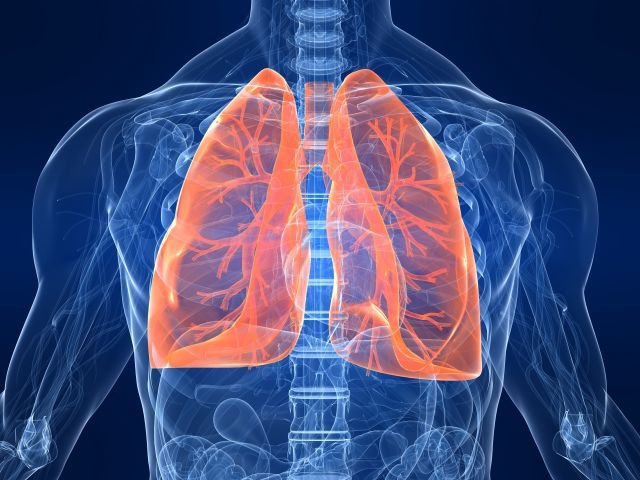The type and abundance of bacteria found in the mouth may be linked to lung cancer risk in non-smokers finds the first study of its kind, published online in the journal Thorax.
Fewer species and high numbers of particular types of bacteria seem to be linked to heightened risk, the findings indicate.
Around one in four cases of lung cancer occurs in non-smokers and known risk factors, such as secondhand tobacco smoke, background radon exposure, air pollution, and family history of lung cancer don’t fully explain these figures, say the researchers.
The type and volume of bacteria (microbiome) found in the mouth has been associated with a heightened risk of various cancers including those of the gullet, head and neck, and pancreas.
The researchers wanted to find out if this association might also hold for lung cancer, given that the mouth is the entry point for bacteria to the lungs.
They drew on participants in The Shanghai Women’s Health Study and the Shanghai Men’s Health Study, all of whom were lifelong non-smokers, and whose health was monitored every two to three years after entry to the study between 1996 and 2006.
In all, 90 of the women and 24 of the men developed lung cancer within around 7 years, on average.
These cases were matched with 114 non-smokers of the same age and sex, who also provided a mouth rinse sample. This comparison group didn’t have lung cancer but they had similar levels of education and family histories of lung cancer.
Comparison of both sets of rinse samples showed that the microbiome differed between the two groups. A wider range of bacterial species was associated with a lower risk of developing lung cancer. And a larger volume of particular types of species was also associated with lung cancer risk.
To access the study click here.











